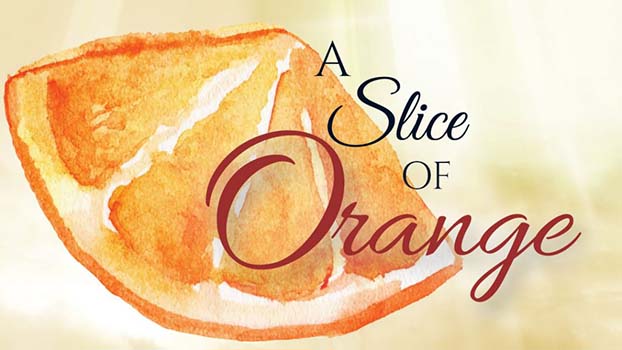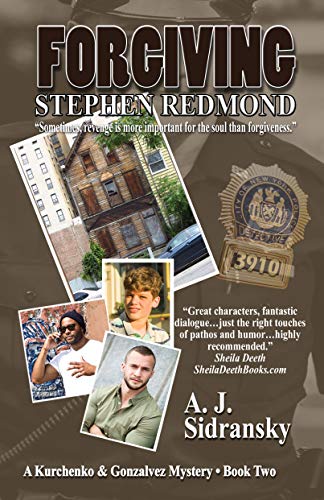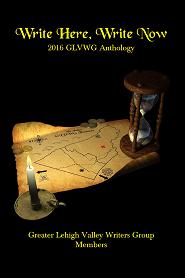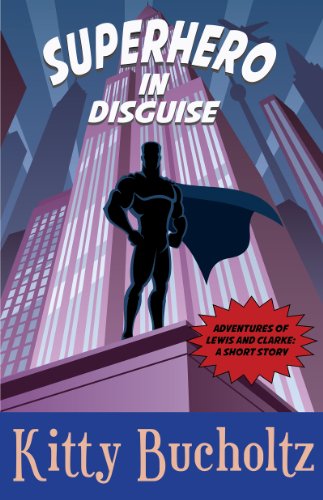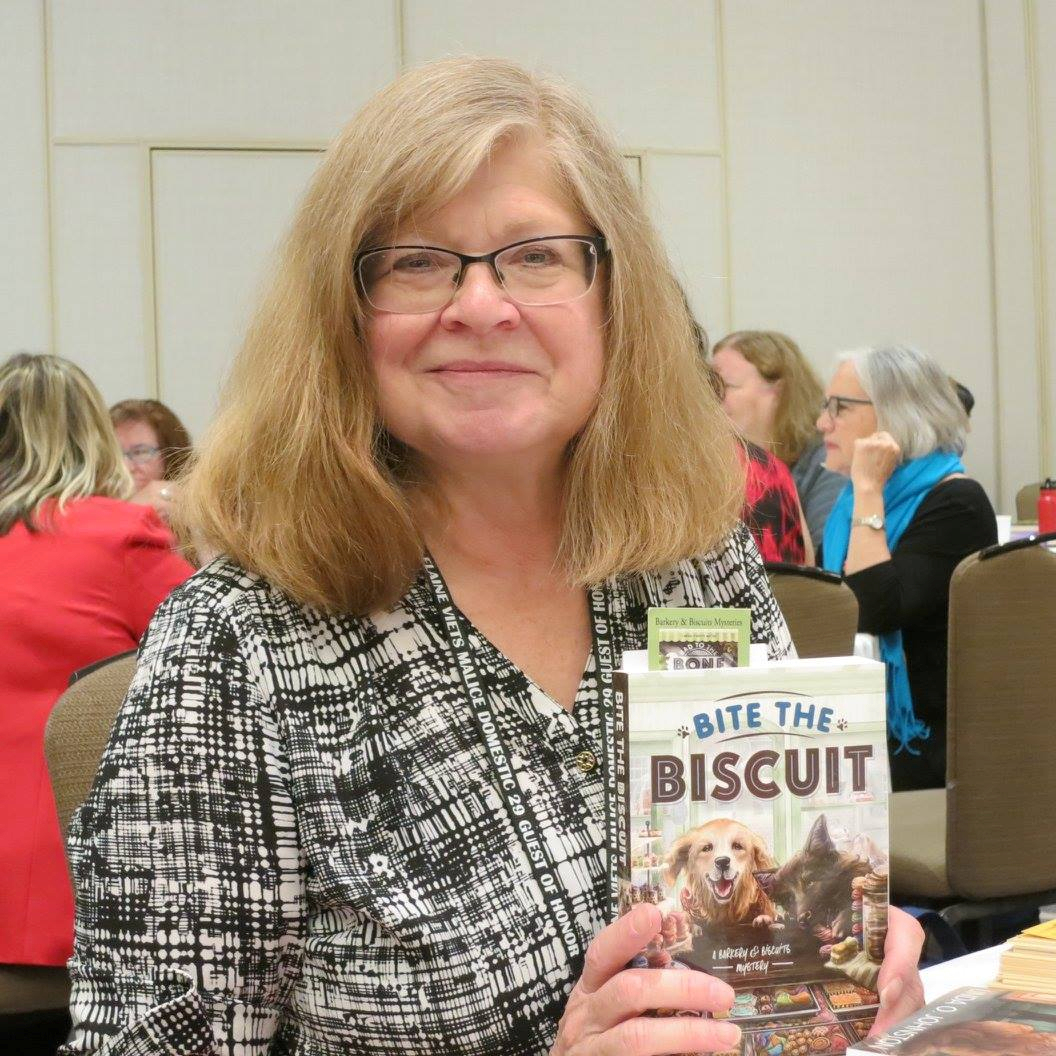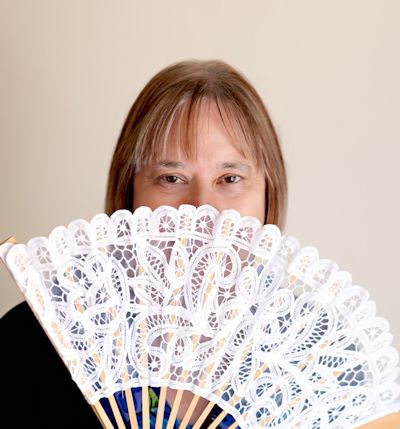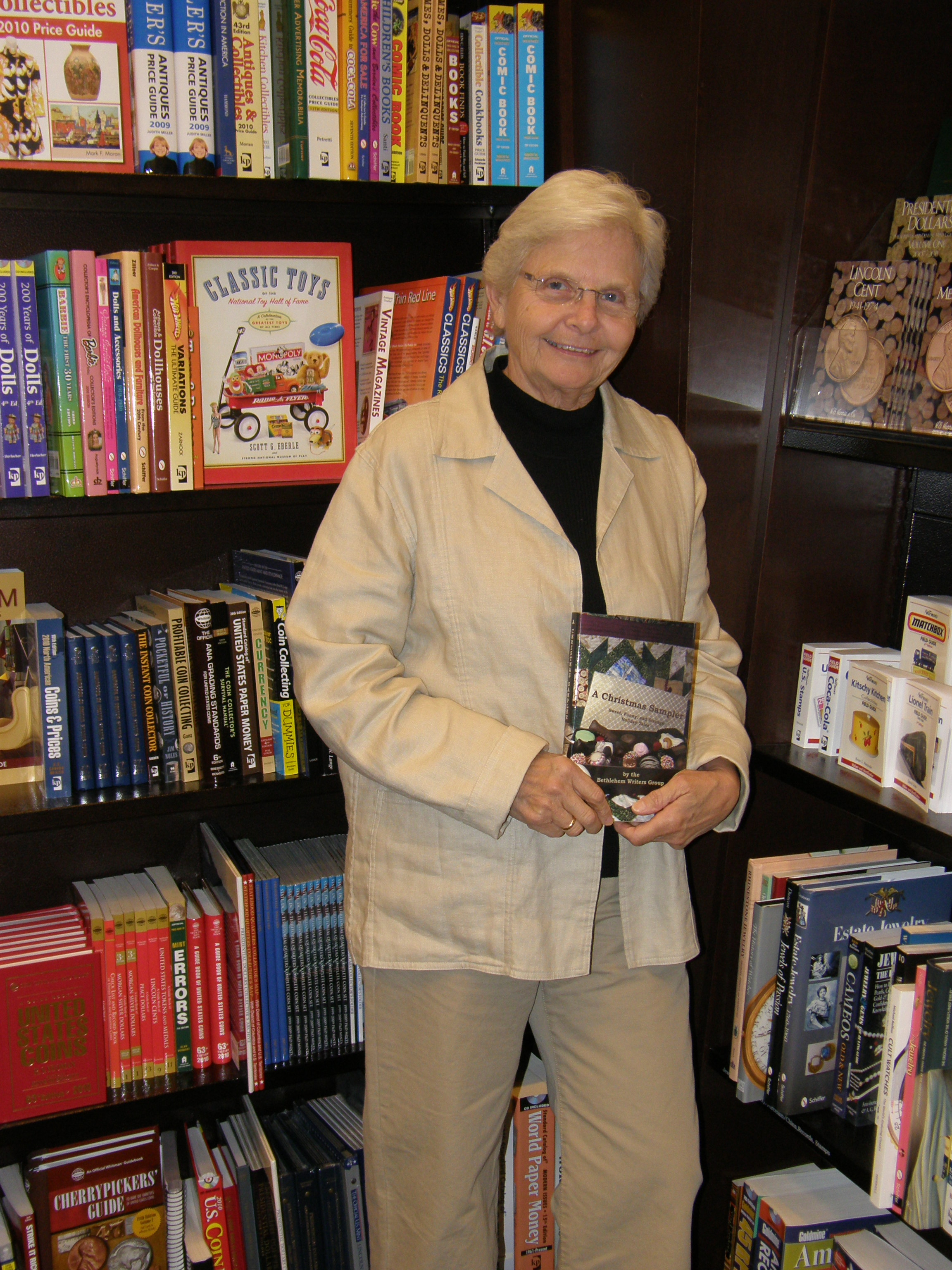A Bad Moon Rising
August 13, 2021 by Bethlehem Writers Group in category From a Cabin in the Woods by Members of Bethlehem Writers Group, Writing tagged as bad moon, details, research, writing craft
By Dianna Sinovic
It must have been at least one in the morning, the inkiness of the night now washed out by the full moon cresting the horizon. Sophie sat up and felt around her for her shoes. She’d been stargazing on the hill, the grassy spot beyond the embrace of the forest. With the moon up, the stars would soon fade until they were too faint to see. Sometimes she felt like that, diminished, dismissed.
Except that the full moon doesn’t rise at 1 a.m. or anywhere near that time. A full moon appears as the sun is setting, giving its full face to be illuminated.
Jeremy was hopelessly lost, and night was falling. He was walking on what seemed like an endless plain of snow, every direction the same. Zipping up his jacket until it was at his chin, he wished he’d remembered his watch cap. Already his ears felt numb. The sun was now just an orange glow on the horizon, and in the eastern sky, the slender form of a crescent moon had risen. He headed in that direction.
Except that a crescent moon doesn’t rise at sunset. A slender crescent is either in the eastern sky as the sun comes up. (It often shares the sky with the planet Venus, the “morning star.”) Or it’s in the western sky, following the sun down.
It’s easy to get the sun’s position correct when you write a scene. It rises in the morning and it sets in the evening. And on sweltering summer days it’s usually right overhead.
But the moon follows a different time keeper. And authors who don’t check the phases of the moon before adding them to their fiction risk yanking the reader out of the story. I have been stopped cold in otherwise compelling scenes by a moon depicted in a way that could never happen.
It doesn’t matter where in the world you set your story, the same astronomical parameters apply. (OK, the poles are different, both for the moon’s and the sun’s appearance.) The details aren’t hard to master. There are websites (NASA is an example) that will spell out the phases of the moon for you.
So when you’re fact-checking your draft, don’t forget to check the moon. Us astronomy geeks will thank you.
Of course, if you’ve set your story on another world, none of this applies. Instead, just be consistent with the rules of that world or universe. Double moons might be a nice touch.
Books by BWG
A Paris video memory from my student days in France that made it into ‘The Resistance Girl’ by Jina Bacarr
August 11, 2021 by Jina Bacarr in category Jina’s Book Chat, Paris novels, Writing tagged as Forties fiction, France, historical, Paris, romance, video, writing, WW 2What favorite memories have made it into your stories and books? Let me know!
Bonus video:
When the silver screen had silver embedded into the screen, Sylvie Martone was darling of French cinema – she was also a Resistance fighter
— Jina Bacarr (@JinaBacarr) May 14, 2021
US https://t.co/ge0PVHa3hN
UK https://t.co/16fnIt96tM
Here's an old negative which lights up when light strikes it @BoldwoodBooks #histfic pic.twitter.com/2SF7Dk1sH2
Yes, it's August but sometimes we need a little Christmas so here's the WW2 letter that inspired HER LOST LOVE (Christmas Once Again) for a hot humid SoCal night when we're feeling nostalgic for hugs and family
— Jina Bacarr (@JinaBacarr) August 12, 2021
US https://t.co/wYTUyj19lW
UK https://t.co/v4YRbfdesu #amwriting pic.twitter.com/KAvrJHOCFU
UPDATED:
The WW 2 letter that inspired HER LOST LOVE (CHRISTMAS ONCE AGAIN): re: Veronica Jorge’s wonderful comment about my story! Thanks, Veronica!
Back to School and Good Books
August 10, 2021 by Tari Jewett in category Writing tagged as back to school, booksThis time of year, always makes me nostalgic. The end of summer means the beginning of a new school year, and while my kids are all grown, I still remember when they were small, taking them shopping for back to school clothes, backpacks and lunch boxes, and all of the other supplies needed for a good start to the school year. Late summer days also remind me of my own childhood, back to school shopping for brand new pencils and notebooks, deciding which dress I’d wear on the first day of school, and the anticipation of seeing my friends again after a long lazy summer.
I still indulge in back to school sales. Nothing gets me more excited than a stack of brand new spiral notebooks, and some new blue pens. And of course, there’s always shopping for the grandchildren!
Warm summer days, are also perfect days to read. As a little girl I’d curl up under a shady tree, or lay on the cool tile floor of our basement family room with a stack of books, and read until my mother called me for dinner.
Now that I think of it, that would be the perfect thing for me to do right now, curl up with a good book. I’m recovering from knee replacement surgery on my right knee, and waiting for surgery on the left, so share the best books you’ve read this year in the comments! And feel free to share your back to school memories! And just because it makes me happy, here’s a picture of my 12 year old grandson, reading to our newborn grandson.

The Confused Author AMA by Kitty Bucholtz
August 9, 2021 by Kitty Bucholtz in category It's Worth It by Kitty Bucholtz, Writing tagged as Ask Me Anything
Today, I’m in the middle of a 3-day, all-day mastermind in my business coaching program. Yesterday, a few people asked questions about how to get started writing their book to go with their business, and how to publish it. One person who had already published a book said, “I’m a confused author! I still have so many questions. You should use ‘The Confused Author’ for one of your podcasts or blogs, Kitty.”
Not a bad idea. 🙂 I was already planning to start a monthly Q&A/Ask Me Anything using YouTube Live at https://www.youtube.com/kittybucholtz. You can ask your questions, or send your friends over to ask theirs, at the post I’ll create beforehand each time at https://www.facebook.com/writenowworkshop/ or drop your questions in the comments below. I’ll go live on the first Wednesday of every month at — carefully check for your time zone! — 6am Pacific Time (Los Angeles), 9am Eastern Time (New York), 2pm British Time (London), 3pm Central European Time (that’s me in Sweden), 11pm Australian Eastern Time (Sydney).
I’m happy to talk about anything — fiction, nonfiction, marketing, etc. — and I promise to tell you my opinion, share other resources with you, and let you know when I don’t know the answer. I’m happy to try to find it for you, but I’m not one of those people too embarrassed to not know and who will make up an answer. 😉
If you or someone you know would like to join me on Wednesday, September 1, I would love to see you there. And if you’d just like to show me love by joining to support me so I’m not alone, I’d so appreciate that!! 😀
2 0 Read moreWriting a Dual Timeline Novel ain’t a piece of cake… 7 tips for writing two different eras at once by Jina Bacarr
July 11, 2021 by Jina Bacarr in category Jina’s Book Chat, Writing tagged as dual timeline, edting, France, historical, novel, Paris, timeline, World War 2, writing
I’ve written time travel and loved it… Her Lost Love when my heroine takes a magic train from 1955 back to 1943 to Posey Creek, PA to save the man she loves from being killed in France… and present day back to the Battle of Antietam in 1862 where my heroine meets her ‘twin’ who’s a Confederate spy… and also historical fiction about the Titanic The Runaway Girl.
But writing a dual timeline is like walking barefoot on broken seashells on the sand.
Painful. Excruciating. And dangerous.
You can end up hobbling all the way home… or to the end of your manuscript. Yikes.
I’ve been there… and survived. I’ve written two dual timeline novels — The Resistance Girl and the novel I just finished (title coming) — both about Paris during World War 2 when the city was occupied by the Nazis. The era lends itself to intrigue, romance, spies… and danger. Who could resist? Not me.
However, I’ve fretted and moaned and had more chocolate binges than I care to admit writing these books, but they’re the most rewarding stories I’ve ever written. Stories about lost family found and connecting with your ‘roots’. I learned a lot along the way… so here are my 7 Tips for Writing Dual Timelines:
1 — keep two sets of timelines so you know where you and your heroines are in each era at all times.
Your heroine’s birthdate in the past is important and determines what “historical events’ she witnesses. In the present, your heroine’s journey may last a shorter time — a week, month; in the past, it could be years. In The Resistance Girl, we follow the heroine’s film career from the 1920s through 1950. The modern heroine’s journey last for several days.
2 — present day in your story doesn’t have to mean today. Make it work for you.
My latest novel takes place in 2003 and 1940-1945. Why? Because I wanted my historical heroine to be alive when she meets the present day heroine. She’s 80 years old and at the top of her game, but the war years still haunt her. Also, she loves flying on the Concorde and the last trip of the airship was in 2003.
3 — create a compelling opening in whichever timeline works best. No hard fast rule you have to begin in the past.
In my new Paris novel, I begin in 2003 because I wanted to set up the 80-year-old diva’s reluctance to talk about the war years because of her personal pain. My modern heroine/reporter convinces her to ‘let it go’ and we’re off and running…
4 — decide before you begin plotting (or if you’re a pantster — I do both) if your two heroines meet at some point; or, if we know the historical heroine meets her fate and we never see her in the present.
I did both — in The Resistance Girl, the modern heroine discovers she had a famous grandmother in France during the war — a film star — she never knew existed. But in my new novel, the two heroines meet in the first chapter in 2003.
5 — know your history and research your era like crazy; your heroine in the past is fictional, but make her life believable! Facts count but don’t tell us, show us how your heroine survives in that era in a way that’s unique to her.
For example, the historical heroine in my upcoming book ends up in concentration camps; I gave her an unusual backstory that determined how she survived in the camps because of her background and talents, but made sure it was also possible.
6 — location, location, location… make sure you know exactly what your locations look like in both eras if you’re going to visit them in both timelines.
In my upcoming book about Paris, we go to concentration camp sites in Germany and Poland in both 1944-45, 1975, and 2003. I was fortunate to find photos and films that showed what the camps looked like in 1944-45 and also circa 2003 and 1975. An amazing bit of luck which created some tear-jerking moments for my historical heroine.
7 — have fun! This is an adventure about finding your heroine’s roots — like that fabulous PBS show where the celebrity goes through the big scrapbook and meets their lost relatives with the jovial host.
Make your story heartfelt, emotional, fascinating, believable, and filled with surprises to keep your readers turning those pages like the celeb on TV!
Jina
Questions about dual timelines:
Drop me a comment!
3 0 Read moreAffiliate Links
A Slice of Orange is an affiliate with some of the booksellers listed on this website, including Barnes & Nobel, Books A Million, iBooks, Kobo, and Smashwords. This means A Slice of Orange may earn a small advertising fee from sales made through the links used on this website. There are reminders of these affiliate links on the pages for individual books.
Search A Slice of Orange
Find a Column
Archives
Featured Books
WRITE HERE, WRITE NOW
2016 GLVWG Anthology (GLVWG Anthologies Book 2)
More info →Newsletter
Contributing Authors
Search A Slice of Orange
Find a Column
Archives
Authors in the Bookstore
- A. E. Decker
- A. J. Scudiere
- A.J. Sidransky
- A.M. Roark
- Abby Collette
- Alanna Lucus
- Albert Marrin
- Alice Duncan
- Alina K. Field
- Alison Green Myers
- Andi Lawrencovna
- Andrew C Raiford
- Angela Pryce
- Aviva Vaughn
- Barbara Ankrum
- Bethlehem Writers Group, LLC
- Carol L. Wright
- Celeste Barclay
- Christina Alexandra
- Christopher D. Ochs
- Claire Davon
- Claire Naden
- Courtnee Turner Hoyle
- Courtney Annicchiarico
- D. Lieber
- Daniel V. Meier Jr.
- Debra Dixon
- Debra H. Goldstein
- Debra Holland
- Dee Ann Palmer
- Denise M. Colby
- Diane Benefiel
- Diane Sismour
- Dianna Sinovic
- DT Krippene
- E.B. Dawson
- Emilie Dallaire
- Emily Brightwell
- Emily PW Murphy
- Fae Rowen
- Faith L. Justice
- Frances Amati
- Geralyn Corcillo
- Glynnis Campbell
- Greg Jolley
- H. O. Charles
- Jaclyn Roché
- Jacqueline Diamond
- Janet Lynn and Will Zeilinger
- Jaya Mehta
- Jeannine Atkins
- Jeff Baird
- Jenna Barwin
- Jenne Kern
- Jennifer D. Bokal
- Jennifer Lyon
- Jerome W. McFadden
- Jill Piscitello
- Jina Bacarr
- Jo A. Hiestand
- Jodi Bogert
- Jolina Petersheim
- Jonathan Maberry
- Joy Allyson
- Judy Duarte
- Justin Murphy
- Justine Davis
- Kat Martin
- Kidd Wadsworth
- Kitty Bucholtz
- Kristy Tate
- Larry Deibert
- Larry Hamilton
- Laura Drake
- Laurie Stevens
- Leslie Knowles
- Li-Ying Lundquist
- Linda Carroll-Bradd
- Linda Lappin
- Linda McLaughlin
- Linda O. Johnston
- Lisa Preston
- Lolo Paige
- Loran Holt
- Lynette M. Burrows
- Lyssa Kay Adams
- Madeline Ash
- Margarita Engle
- Marguerite Quantaine
- Marianne H. Donley
- Mary Castillo
- Maureen Klovers
- Megan Haskell
- Melanie Waterbury
- Melisa Rivero
- Melissa Chambers
- Melodie Winawer
- Meriam Wilhelm
- Mikel J. Wilson
- Mindy Neff
- Monica McCabe
- Nancy Brashear
- Neetu Malik
- Nikki Prince
- Once Upon Anthologies
- Paula Gail Benson
- Penny Reid
- Peter J Barbour
- Priscilla Oliveras
- R. H. Kohno
- Rachel Hailey
- Ralph Hieb
- Ramcy Diek
- Ransom Stephens
- Rebecca Forster
- Renae Wrich
- Roxy Matthews
- Ryder Hunte Clancy
- Sally Paradysz
- Sheila Colón-Bagley
- Simone de Muñoz
- Sophie Barnes
- Susan Kaye Quinn
- Susan Lynn Meyer
- Susan Squires
- T. D. Fox
- Tara C. Allred
- Tara Lain
- Tari Lynn Jewett
- Terri Osburn
- Tracy Reed
- Vera Jane Cook
- Vicki Crum
- Writing Something Romantic
Affiliate Links
A Slice of Orange is an affiliate with some of the booksellers listed on this website, including Barnes & Nobel, Books A Million, iBooks, Kobo, and Smashwords. This means A Slice of Orange may earn a small advertising fee from sales made through the links used on this website. There are reminders of these affiliate links on the pages for individual books.
